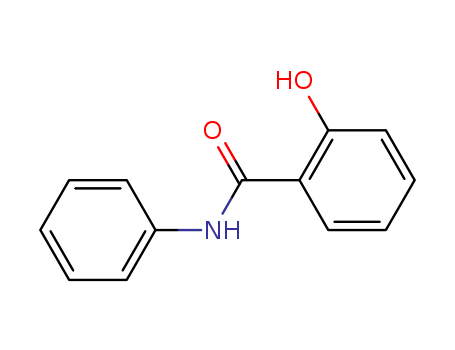10.1021/jm00115a020
The study investigates the synthesis and biological activity of a series of a-cyano-B-hydroxypropenamides as potential anthelmintic agents. The lead compound, a-cyano-j3-hydroxy-N-[4-(trifluoromethyl)phenyl]-3-[4-(trifluoromethyl)phenyl]propenamide (1), demonstrated good activity against the nematode Nematospirodes dubius in mice and effectively reduced the hematophagous nematode Haemonchus contortus in sheep. However, it showed a narrow spectrum of activity against other parasitic nematodes. The study also explored the structure-activity relationships of various analogues, finding that certain substituents, such as halogens and electron-withdrawing groups, retained or enhanced activity. Mechanism of action studies using Ascaris mitochondria suggested that compound 1 acts as an uncoupler of oxidative phosphorylation, similar to the salicylanilide class of anthelmintics. The research aims to identify novel anthelmintic agents effective against resistant and non-resistant parasites, addressing the growing issue of resistance to existing treatments.



 Xi
Xi


